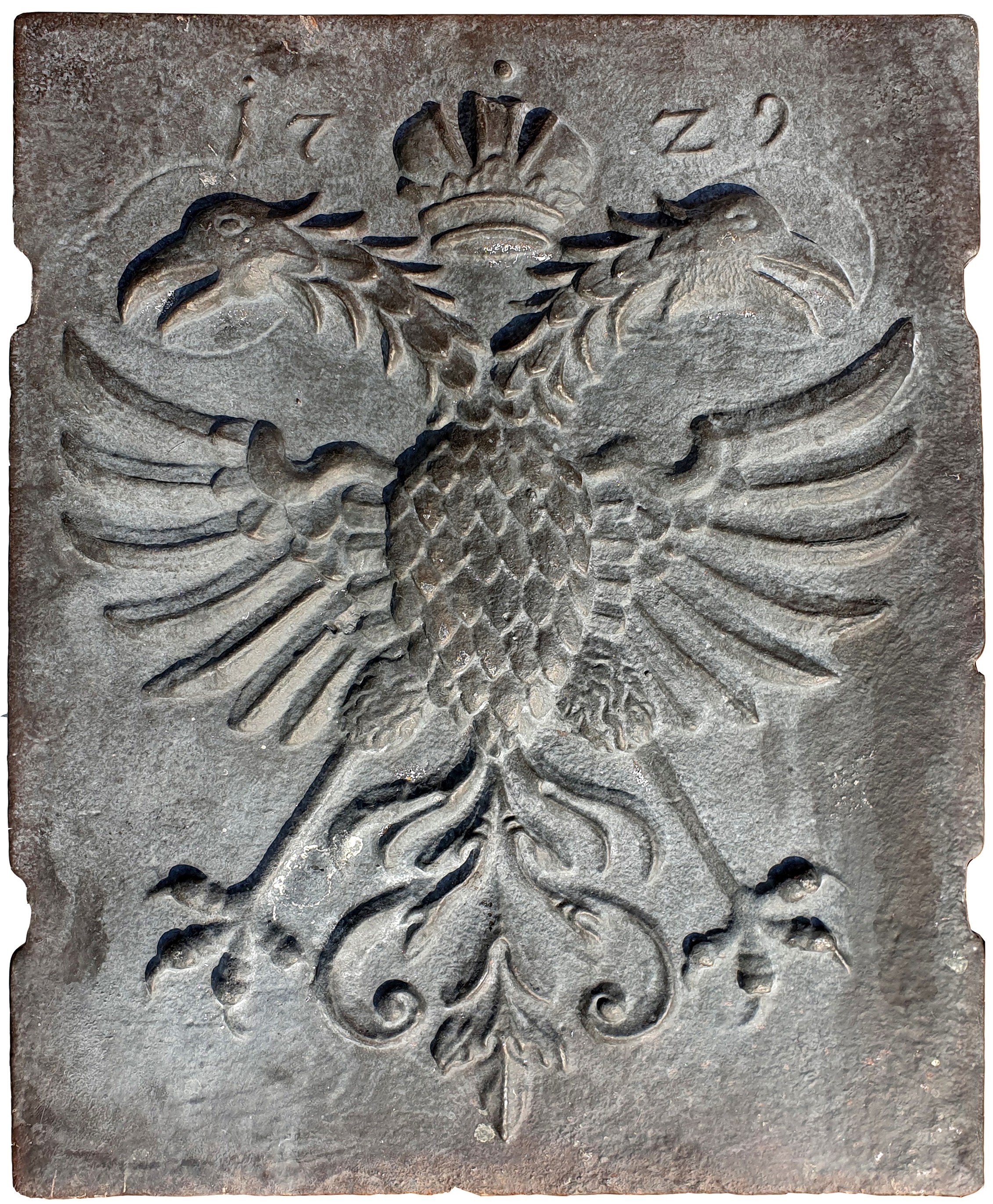




Code art.: 14169
Price: 1.800,00 €
Stock availability: 3
1729 in January, the Royal Society of London announces James Bradley's discovery of light aberration, which provided experimental proof of the earth's motion of revolution.
The double-headed eagle was adopted as an imperial coat of arms for the first time by the Roman emperor Constantine I, called the Great, and then remained as a coat of arms in the Eastern Roman Empire until the last dynasty of Byzantine emperors: that of the Paleologians. Today, the Greek Orthodox Church uses the double-headed eagle as a legacy of the Byzantines. The same coat of arms was then used by the Arsacids, kings of Armenia, and later by the Habsburgs, emperors of Austria and kings of Hungary, and by the Romanovs, tsars of all the Russias. The kings of Serbia, the princes of Montenegro, and the Albanian hero of the resistance against the Ottoman Turks, Giorgio Castriota Scanderbeg, also adopted the double-headed eagle as their emblem. The double-headed eagle was also adopted in the East, for the kingdom of Mysore in India. According to some authors, one head represents the West and the other the East, in particular the two halves of the Byzantine Empire, one in Europe and one in Asia
Sizes and weight are referred in Inches and Pounds| Width: | 18.11 |
| Height: | 23.23 |
| Thickness: | 0.79 |
| Weight: | 68.34 |
| Manufacturing: | antica portoghese |
| Material: | Bronzo |
| Dated A.D.: | 680.71 |